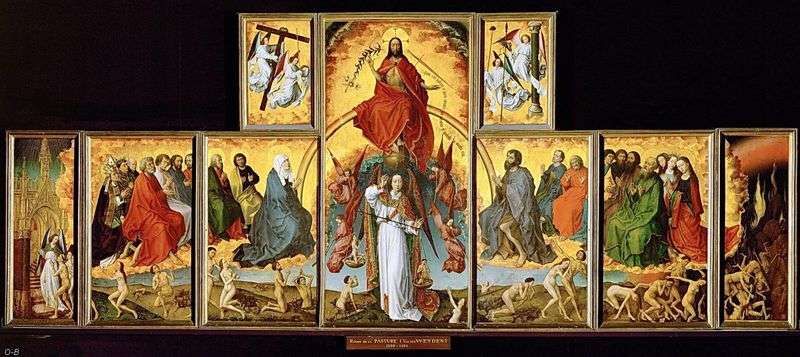
This polyptych is still in the same building for which he was once written by Rogier van der Weyden, namely, in a shelter for the poor Hotel Dieu in Bon, near Dijon. We have not received any documents that could shed light on the history of the creation of this majestic and formidable altarpiece. The first mention of it dates back to 1501. It can only be assumed that Roger began work on the painting shortly after the shelter was founded, and finished by the time of the consecration of the hospice church, that is, by 1451.
The founder of the Hotel-Dieu shelter was Nicholas Rolen, the fabulously wealthy Chancellor of Burgundy, whose brilliantly executed portrait we can see in the painting by Jan van Eyck “Madonna of Chancellor Rolen”. On the polyptych “The Last Judgment”, Rolen’s portrait is also present – but on the back of one of the nine panels. Let us return, however, to the inner side of the altar image. In the center of the composition, on the largest panel, is Christ in Glory. A little lower – Archangel Michael, weighing the souls of the dead.
To the right of Christ knelt the Mother of God, the intercessor of the human race, humbly begging Her Son to forgive people of their sins. Both Christ and the saints surrounding him sit on fiery clouds, beneath which lies a scorched, dead land that has ended its existence. Lead-gray sky, stretching to the horizon, on one side is illuminated by the reflection of hellfire. There, in hell, go, sobbing, unrepentant sinners. In the opposite direction, without ceasing to give praise to the Lord, the righteous are sent.
At the gates of the New Jerusalem, they are met by the angel, humble and pacified. In terms of the scale and courage of the design of the polyptych, “The Last Judgment” may well be compared with the famous “Ghent altar” by Jan van Eyck, and there is no doubt that Rogier was guided by this work of his great predecessor.
 El juicio final, Polyptych – Rogier van der Weyden
El juicio final, Polyptych – Rogier van der Weyden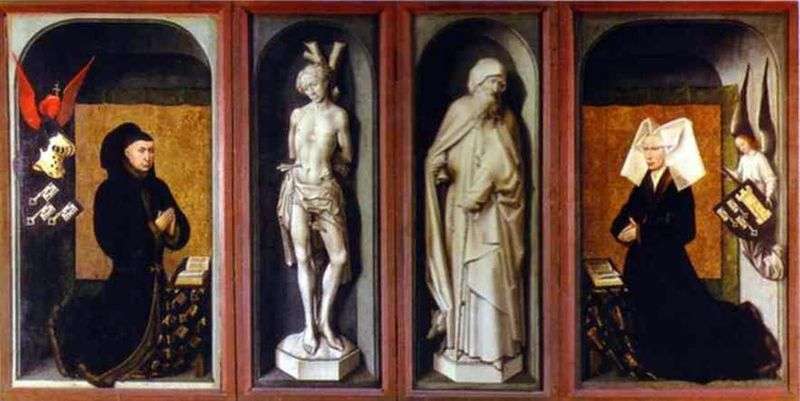 Portrait of Chancellor Rolen and his wife by Rogier van der Weyden
Portrait of Chancellor Rolen and his wife by Rogier van der Weyden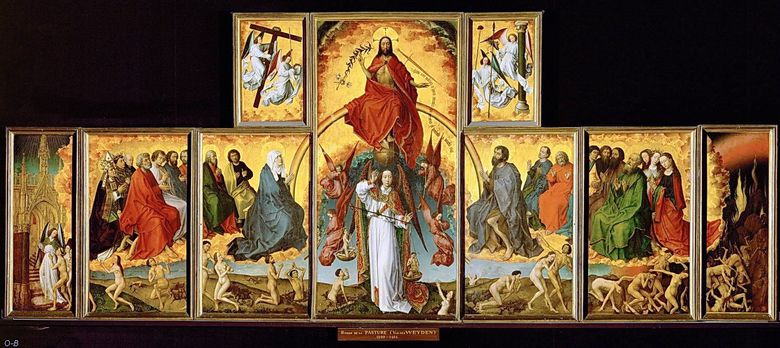 Polyptyque du jugement dernier – Rogier van der Weyden
Polyptyque du jugement dernier – Rogier van der Weyden Madonna with the Child and the Four Saints by Rogier van der Weyden
Madonna with the Child and the Four Saints by Rogier van der Weyden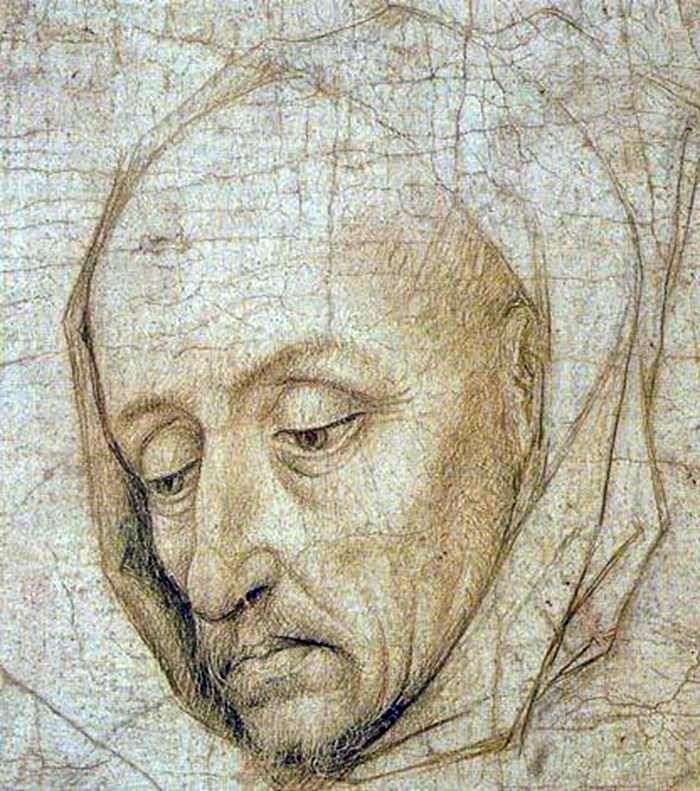 Head of St. Joseph by Rogier van der Weyden
Head of St. Joseph by Rogier van der Weyden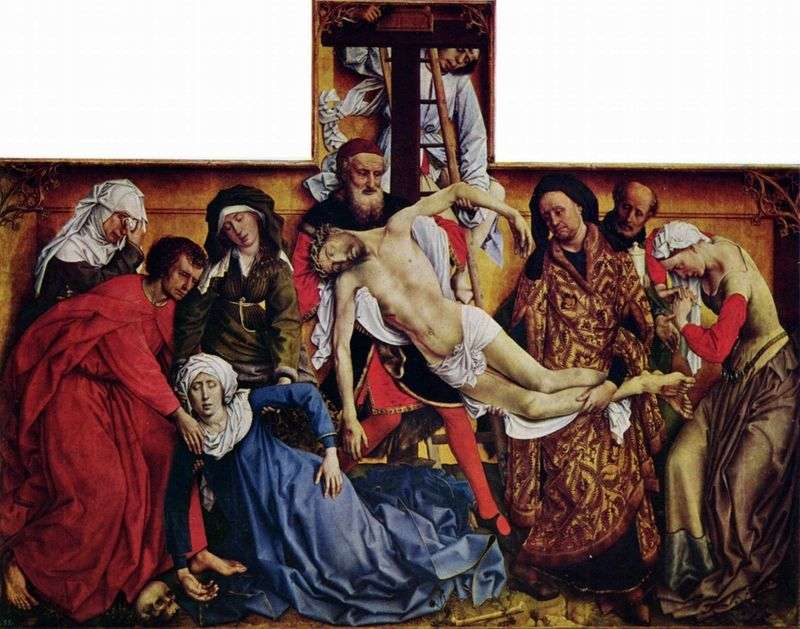 The removal from the cross by Rogier van der Weyden
The removal from the cross by Rogier van der Weyden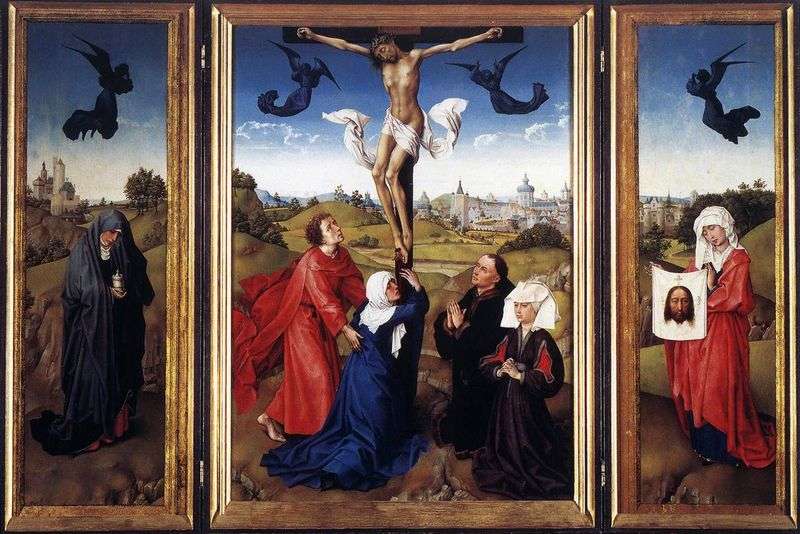 Triptych “Crucifixion” by Rogier van der Weyden
Triptych “Crucifixion” by Rogier van der Weyden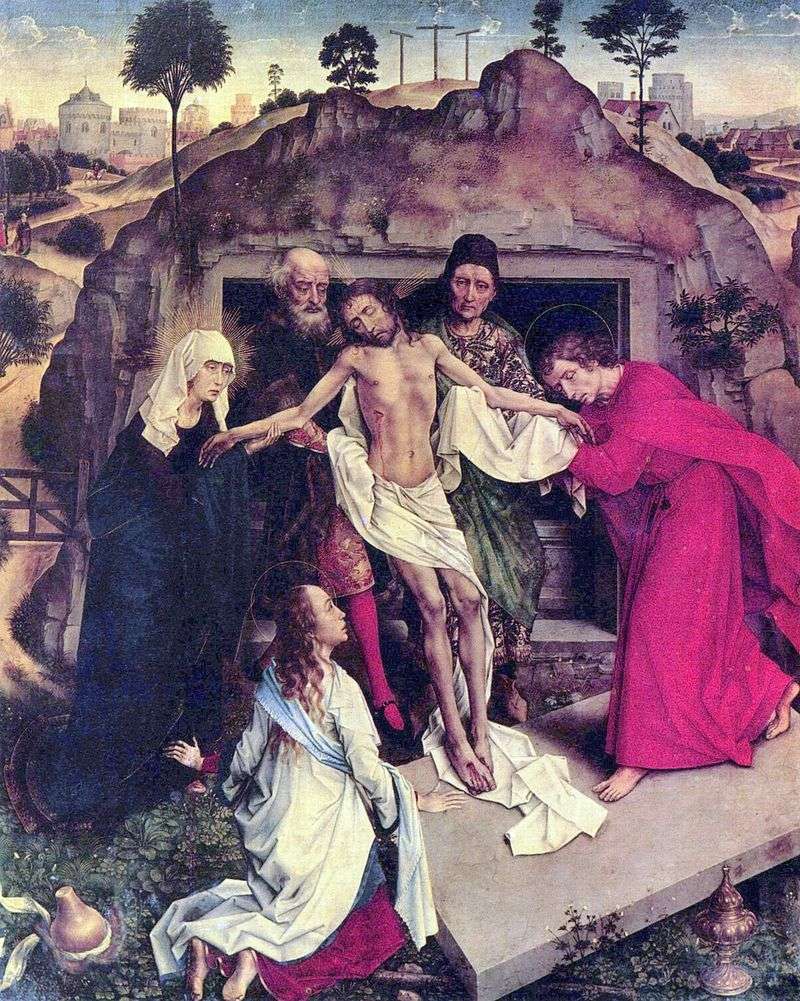 The situation in the grave by Rogier van der Weyden
The situation in the grave by Rogier van der Weyden